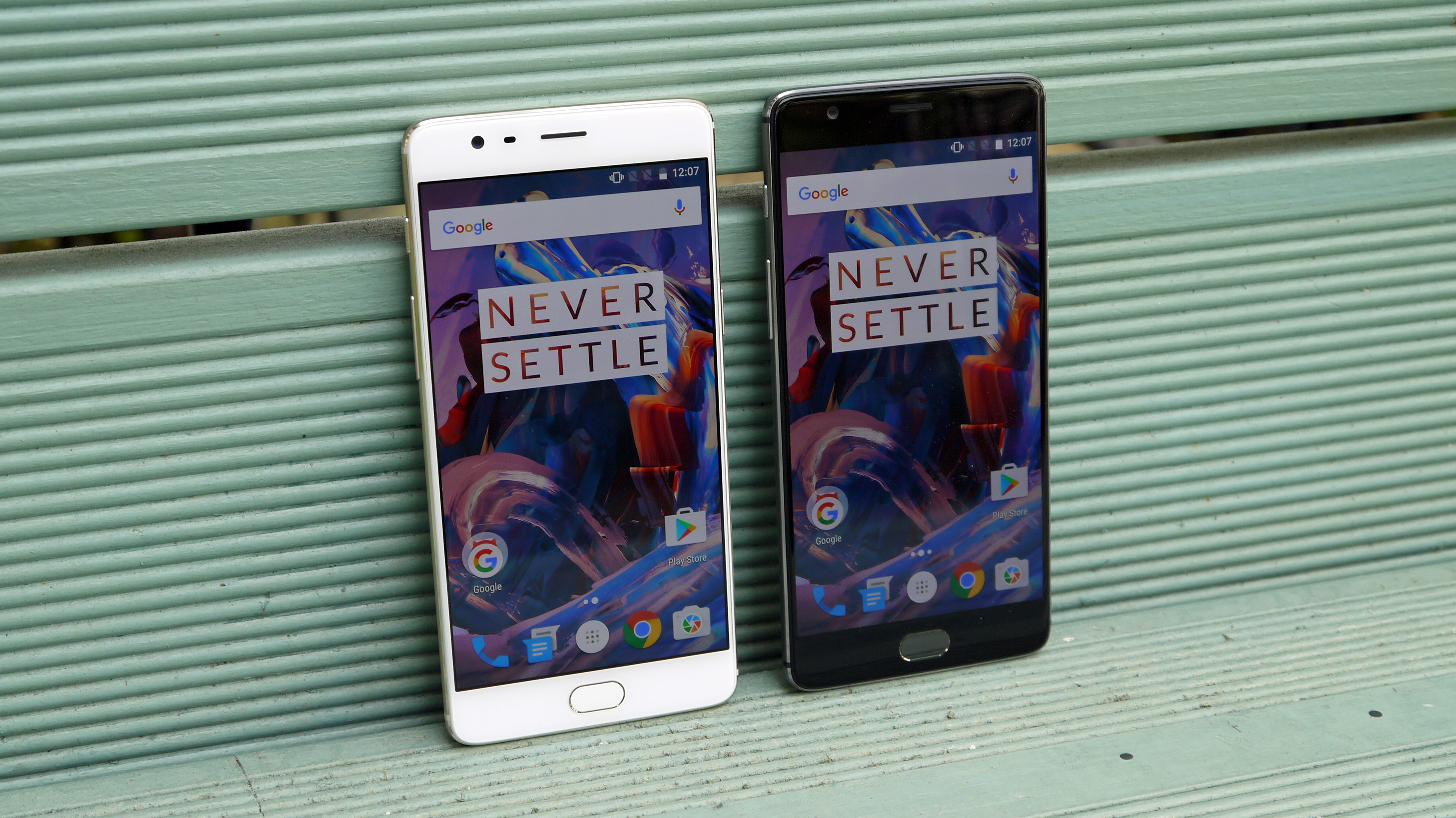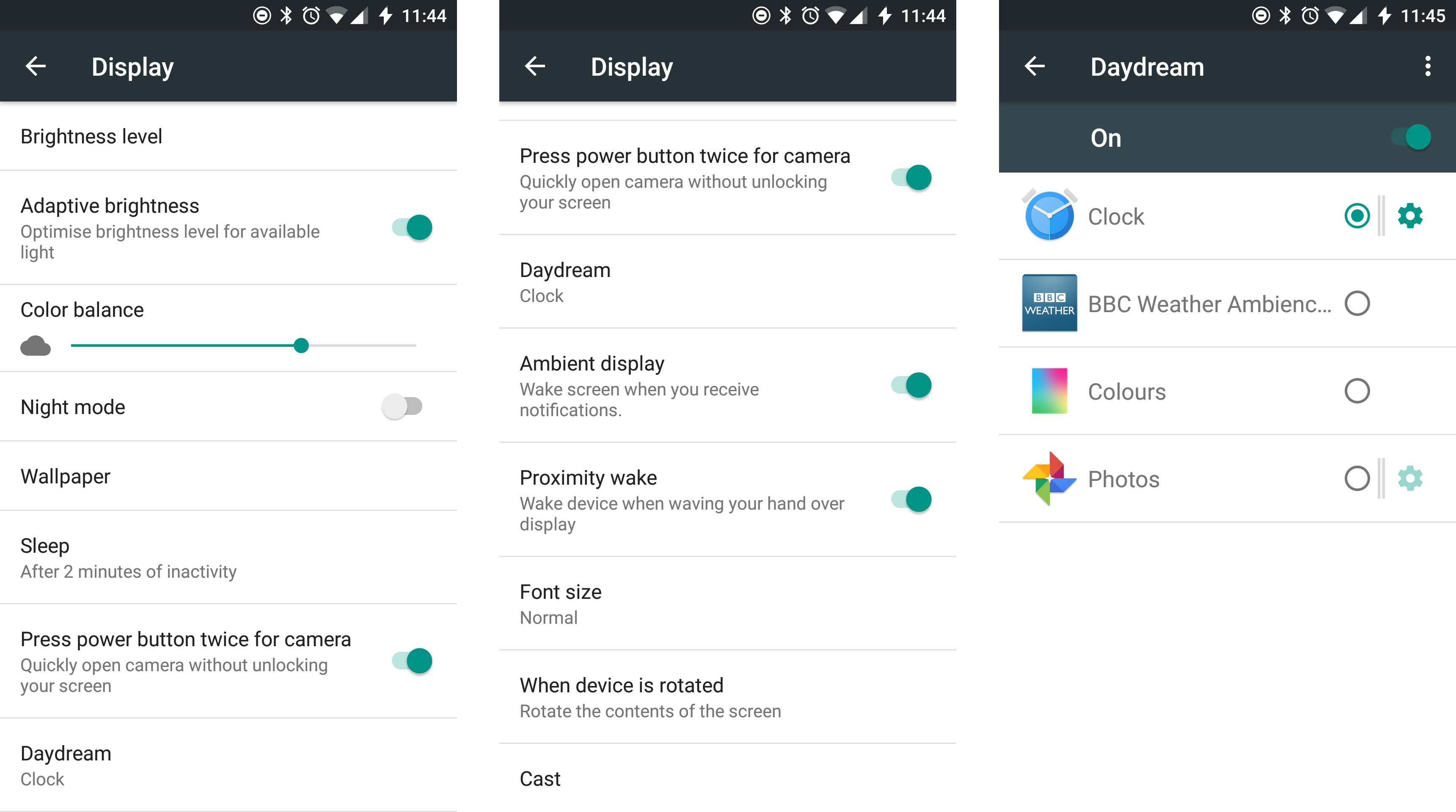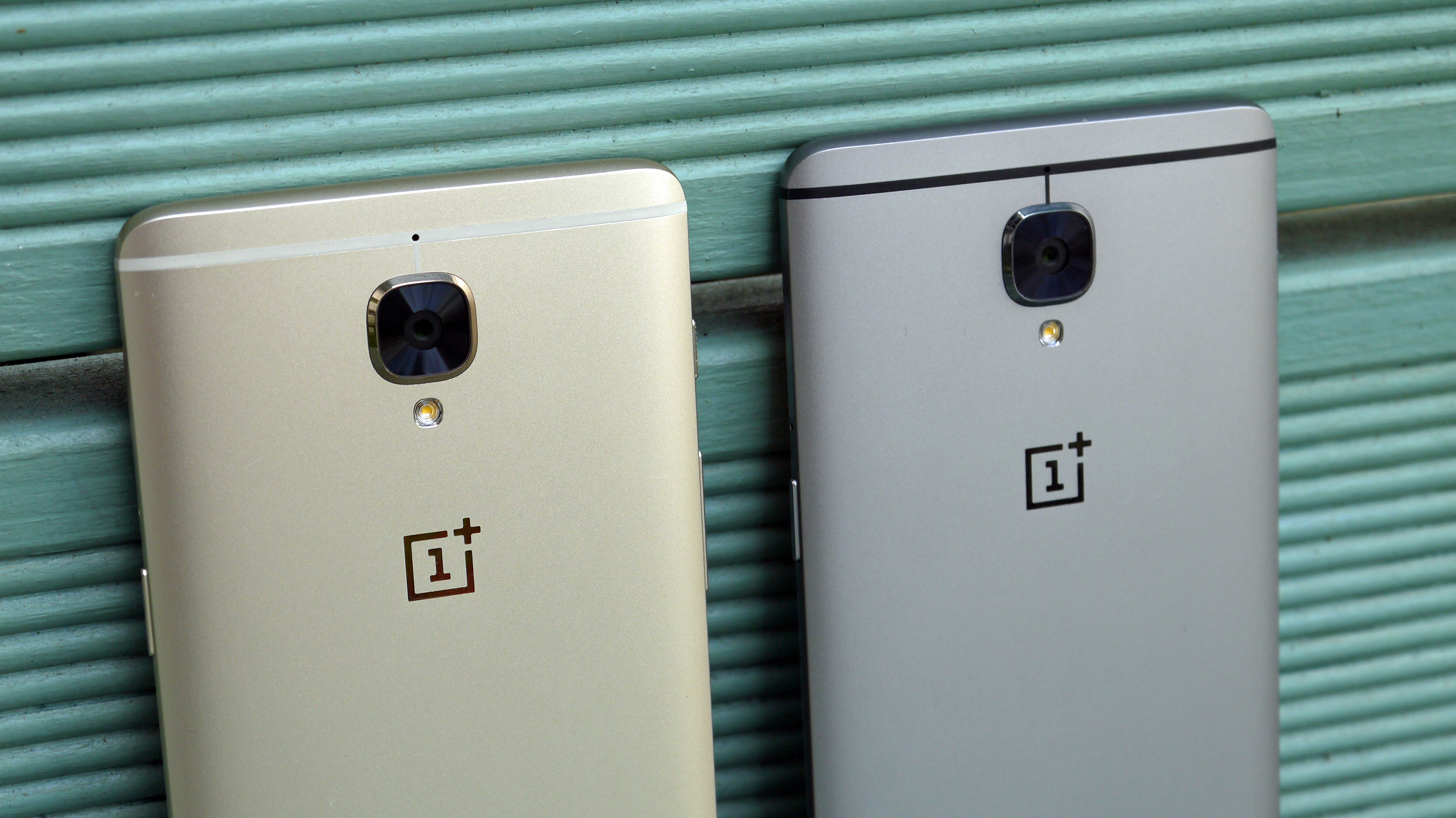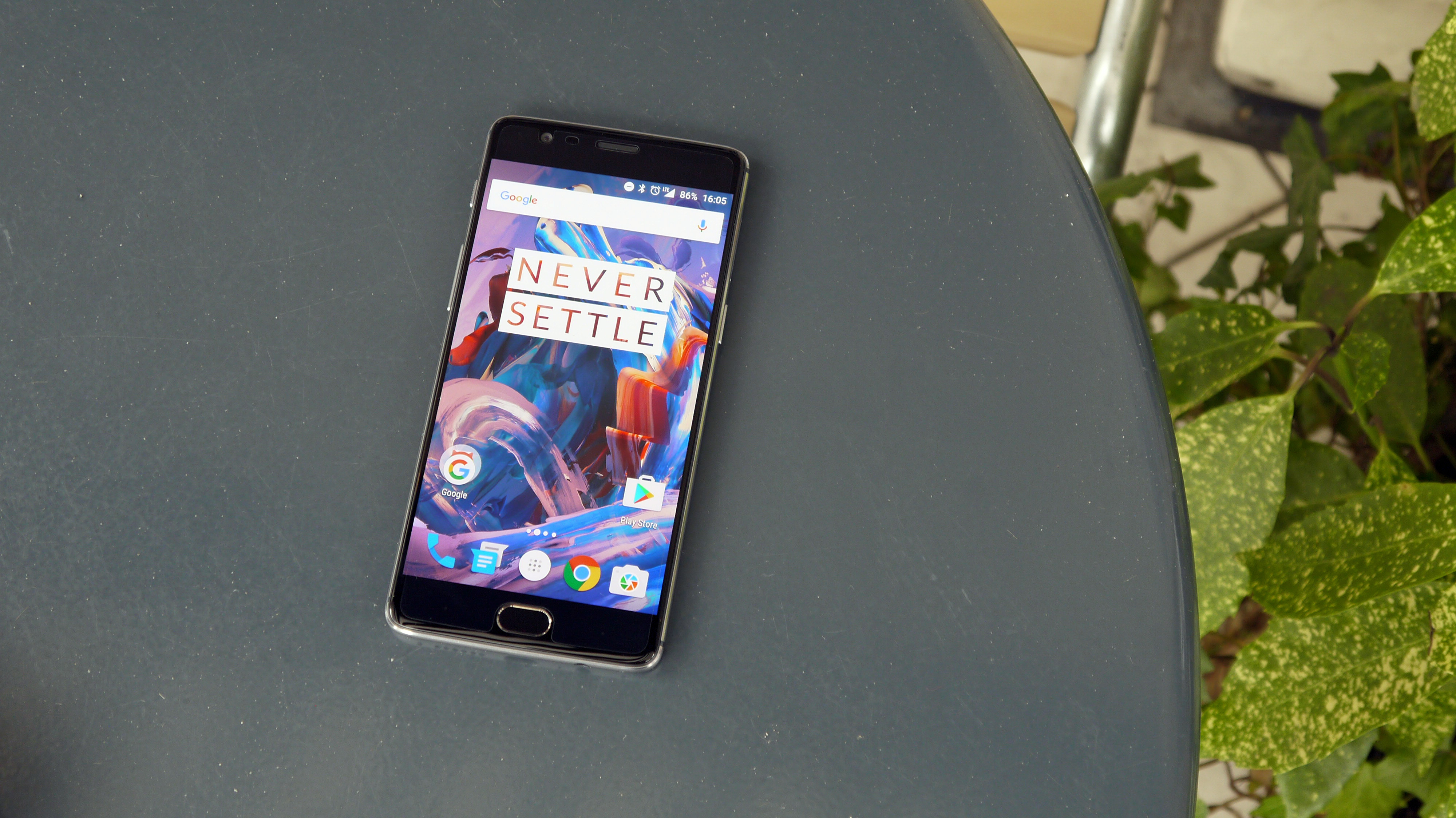Why you can trust TechRadar
Finely tuned viewing
With HTC joining Samsung and LG in the QHD resolution war in 2016, the hope was that OnePlus would follow suit, and give us some eye-popping pixel action with its third-generation device. Unfortunately, though, it's stuck with a 5.5-inch full HD panel on the OnePlus 3.
It's not exactly the same display as on the OnePlus 2, with the new handset boasting an AMOLED panel, giving you brighter, punchier colors. And OnePlus hasn't stopped there either, as it's tuned the display, creating something it's calling Optic AMOLED.
This means there's a greater emphasis on blacks and reds, which OnePlus believes makes for a better viewing experience, although for the most part it's not really noticeable – the screen is just clear and vibrant, making gaming and watching movies an enjoyable experience.

While it may not boast a QHD resolution, the full HD offering is more than good enough for most use cases, and I only really found myself yearning for more pixels when watching TV shows and movies.
Using an AMOLED display has enabled OnePlus to slim down the thickness of the OnePlus 3's body, and reduce the size of the bezels either side of the screen, making for a more compact device, which is always nice.
The screen on the OnePlus 3 boasts a dual-polarizing layer, which means it should be easier to view in bright sunlight – and to be fair it does a pretty decent job.
I didn't have many issues seeing the display when out and about, and while direct sunlight will still cause a few problems, the OnePlus 3 puts in a solid showing in this respect.

Another handy feature on the OnePlus 3 is its proximity display. Wave your hand over the front-facing camera when the screen is off and it'll illuminate, showing you the time, and any notifications you have, in black and white.
It's very similar to Motorola's Active Display, so while it's not an innovation on the part of OnePlus it is nice to have, and something I found myself using a lot.
There have been some negative reports regarding the screen on the OnePlus 3 from a technical standpoint, although day to day usage isn't really effected. OnePlus has reacted to the criticism though and rolled out a software update (Oxygen OS version 3.2.1) which brings sRGB control to developer mode for those who need to tinker further.
Sorry, got to dash
The big talking point from OnePlus about its latest smartphone is its Dash Charge technology, which will give you 'a day's power in half and hour', or so the firm claims.

What does that mean? Well, plug in your OnePlus 3 using the Dash Charge plug block and thicker-than-usual USB-C cable that you get in the box with your new phone and you'll see 60% of battery return to the 3,000mAh power pack in just 30 minutes.
That's a touch faster than Qualcomm's Quick Charge 3.0 tech that ships with the Snapdragon 820 chip – which the OnePlus 3 sports – but the Chinese firm decided to improve things on its own. You can see just how well the OnePlus 3 performs in our battery section.
Snappy snaps
While Samsung downgraded the number of megapixels in the rear-facing camera on its 2016 flagship, OnePlus has upped its count here, with a 16MP snapper on the OnePlus 3 toppling the 13MP sensor on its predecessor.
OnePlus says its camera makes it hard to take a bad photo, with auto HDR, Phase Detection AutoFocus and Dynamic De-noise. You can also capture photos in raw format, and the manual mode allows you greater control over settings such as ISO, white balance and shutter speed.

It's certainly not a bad offering, but as you'll see in the in-depth camera section it doesn't always shine, and the more expensive flagships do appear to have the OnePlus 3 beat in this area.
Round the front there's an 8MP camera, which OnePlus says is the same snapper found on the rear of the iPhone 5S – which isn't a bad claim to fame.

TechRadar's former Global Managing Editor, John has been a technology journalist for more than a decade, and over the years has built up a vast knowledge of the tech industry. He’s interviewed CEOs from some of the world’s biggest tech firms, visited their HQs, and appeared on live TV and radio, including Sky News, BBC News, BBC World News, Al Jazeera, LBC, and BBC Radio 4.
